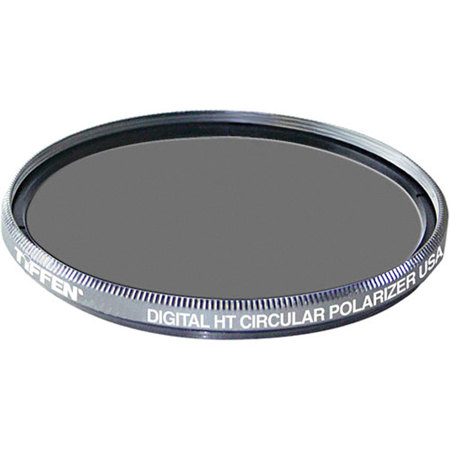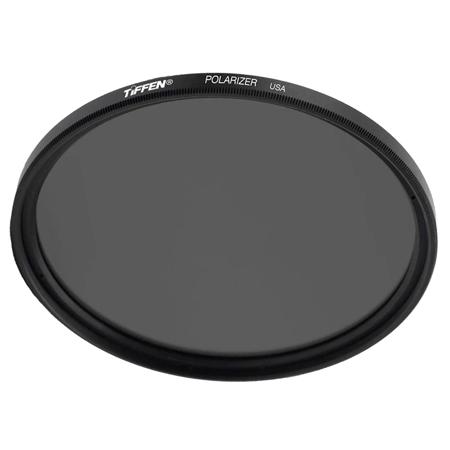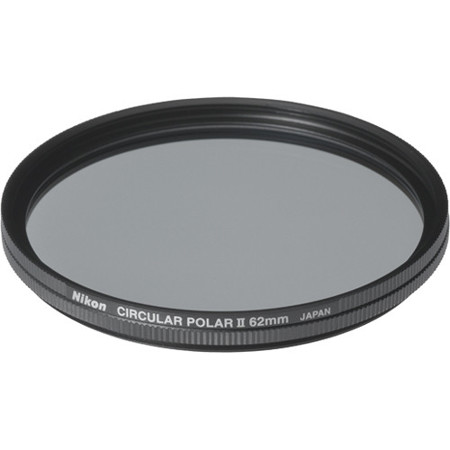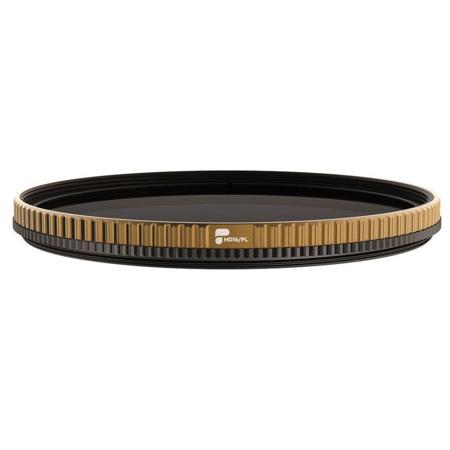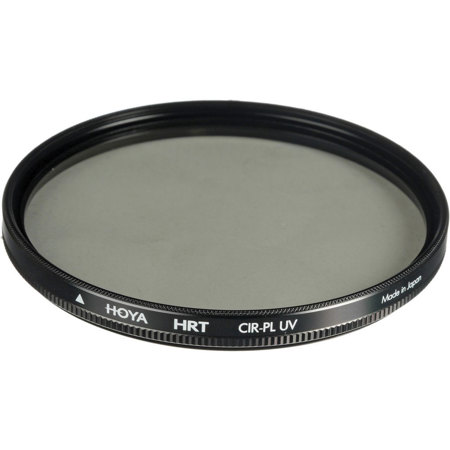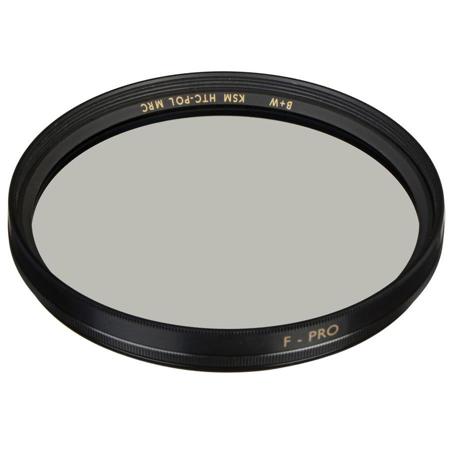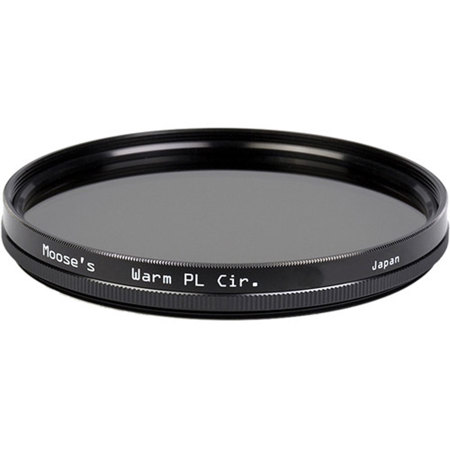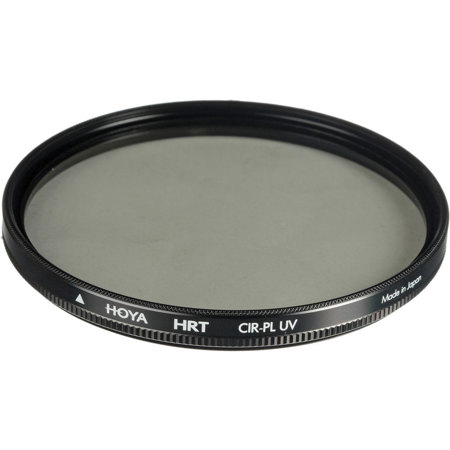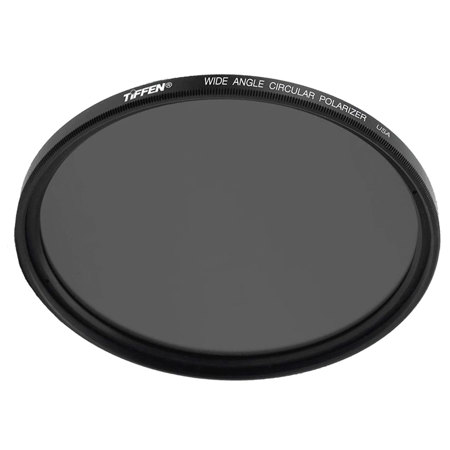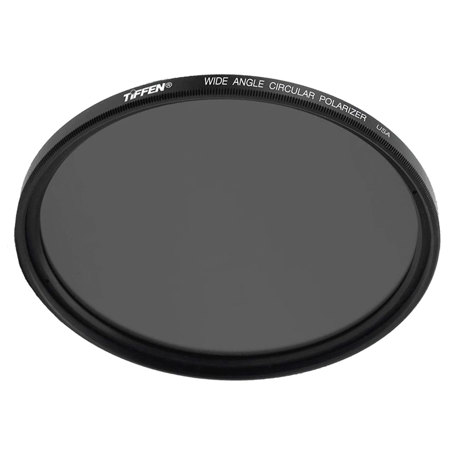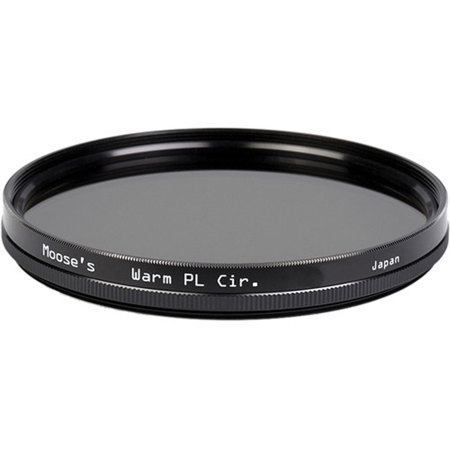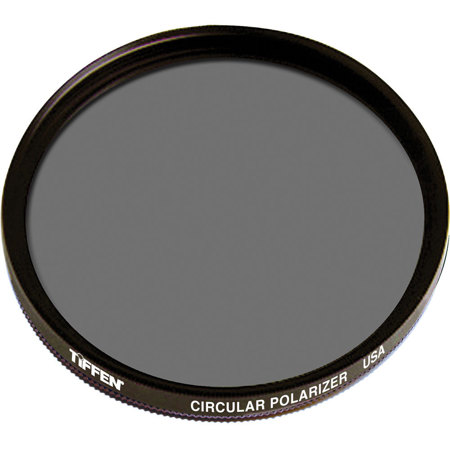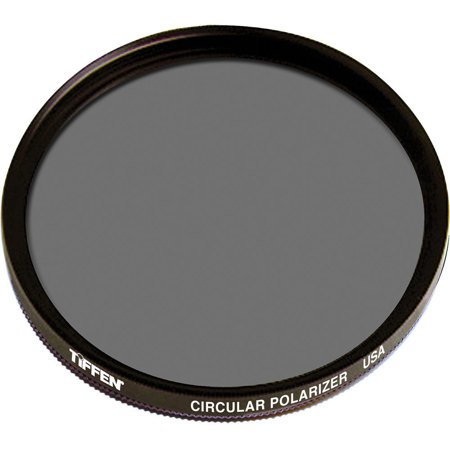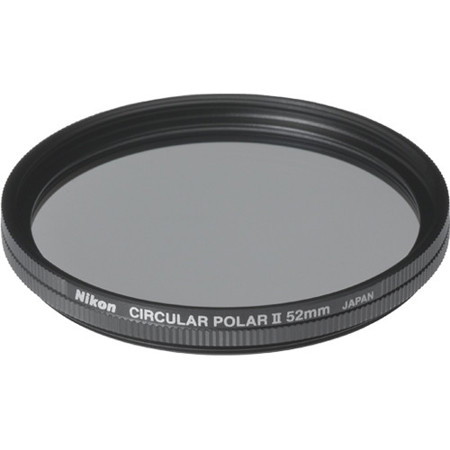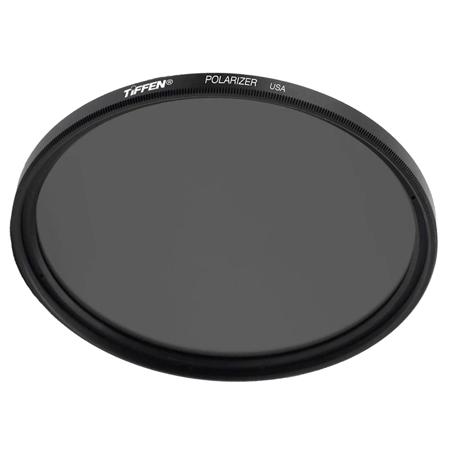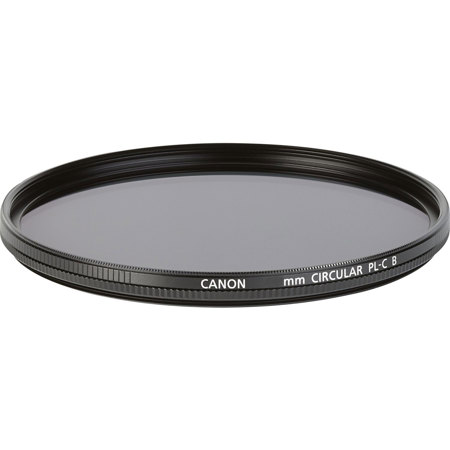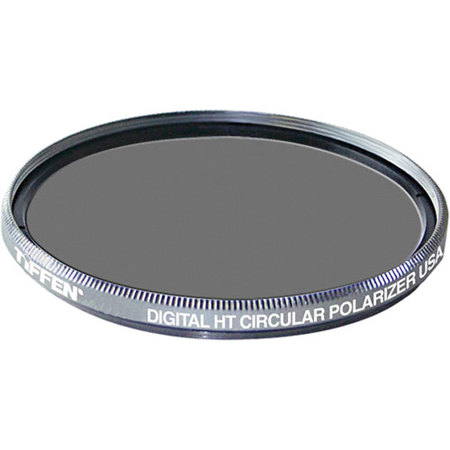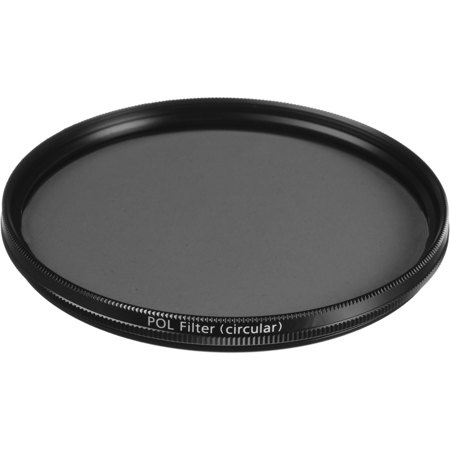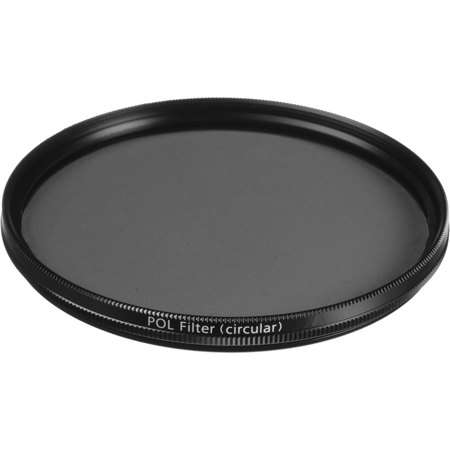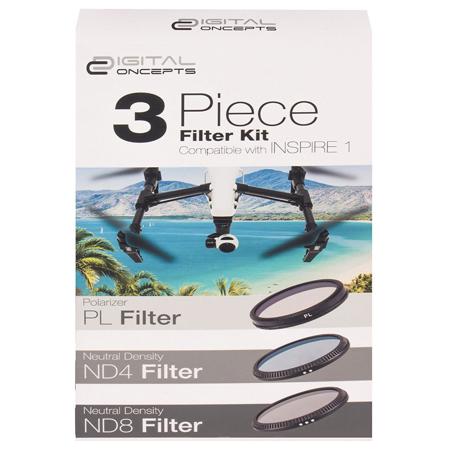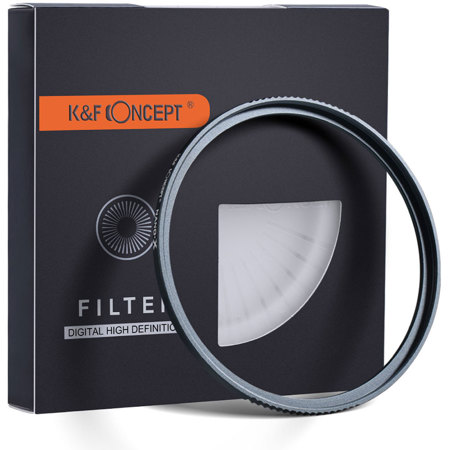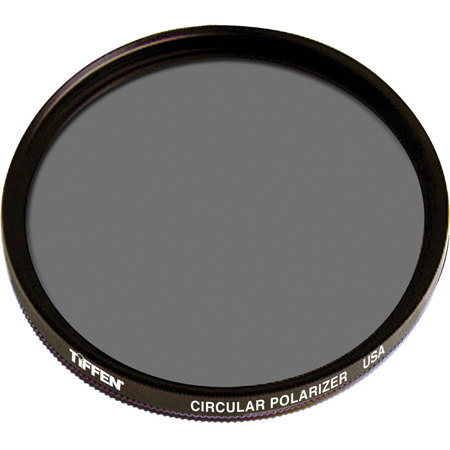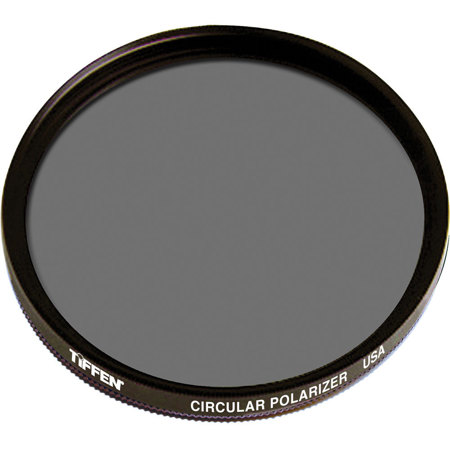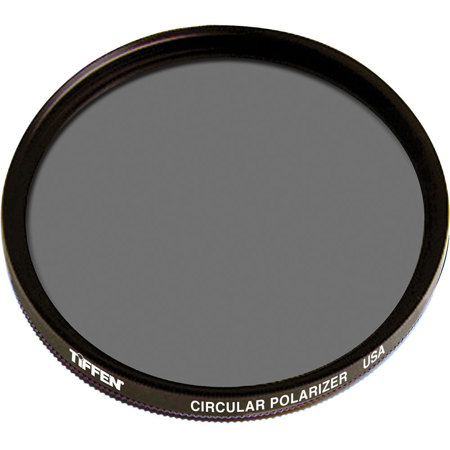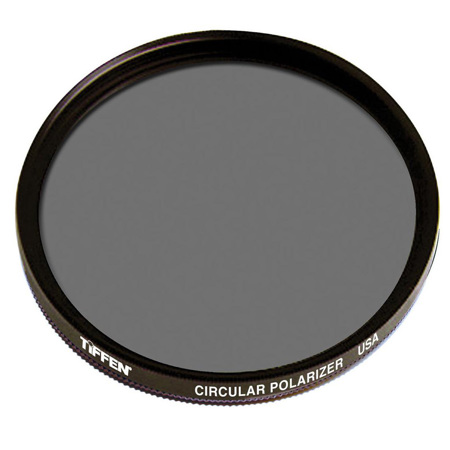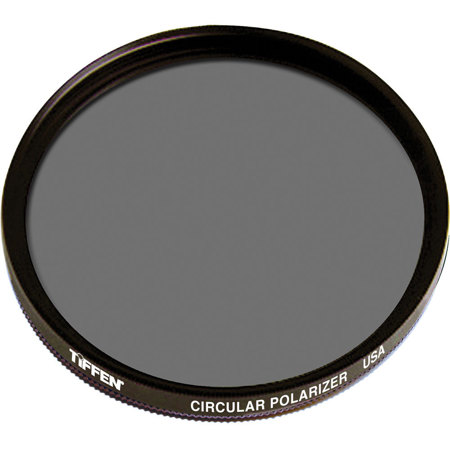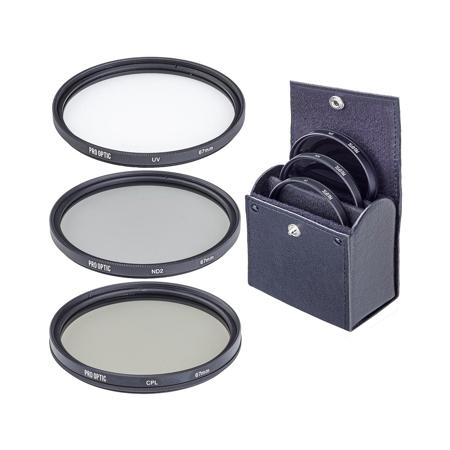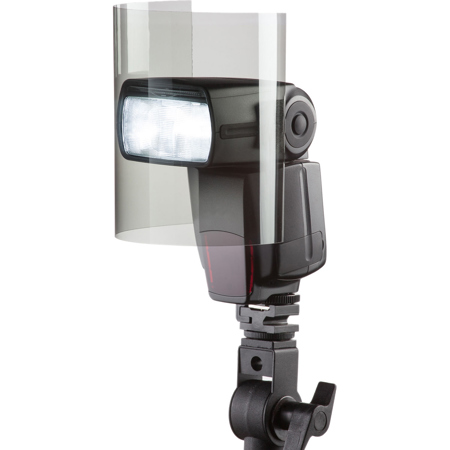Polarizing Filters
As autumn paints the landscape with vibrant reds, golds, and oranges, polarizing filters become an essential tool for photographers eager to capture the season’s rich colors and crisp contrasts. A polarizing filter, often simply called a polarizer, attaches to the front of your camera lens and works by selectively filtering out polarized light. This specialized filter is most famous for its ability to deepen blue skies, reduce glare on water and glass, and bring out the true vibrancy of foliage—making it a must-have for landscape photographers, travel enthusiasts, and anyone looking to elevate their outdoor photography. Whether you’re photographing a sun-dappled forest, a city skyline reflected in a window, or a mountain lake with crystal-clear waters, a polarizer allows you to cut through unwanted reflections and surface glare, revealing the textures and colors that would otherwise be hidden. The effect is something you can see instantly through your viewfinder: clouds pop against a bold blue sky, autumn leaves glow with saturated hues, and you gain the ability to peer beneath the surface of a stream to capture the rocks and life below.
When considering a polarizing filter, it’s important to choose the right type for your camera system. Circular polarizers (CPL) are the standard for modern digital cameras, as they don’t interfere with autofocus or metering systems—making them the best choice for most photographers today. Linear polarizers, while still available, are generally better suited for older, manual-focus cameras. Another key factor is the filter size, which must match your lens’s diameter; for instance, if you’re using a lens with a 72mm thread, you’ll want to explore options like the 72mm Polarizer Filters to ensure a perfect fit. Polarizers do reduce the amount of light entering the lens, so you may need to adjust your exposure settings, especially in lower light or shaded environments. For those who love shooting wide landscapes, it’s wise to be mindful of potential uneven sky effects or “banding” when using wide-angle lenses; a slight rotation of the filter can often help balance the effect. Many seasoned photographers keep a polarizer in their kit year-round, but it’s especially valuable during the fall when the interplay of sunlight and colorful foliage creates countless opportunities for dramatic, gallery-worthy images.
Polarizing filters are not just for professionals—they make a thoughtful and practical gift for anyone passionate about photography, from beginners experimenting with their first DSLR to seasoned travelers documenting their journeys. The immediate, in-camera results are something that editing software can’t truly replicate, making a polarizer a unique and rewarding addition to any gear bag. If you’re searching for the best place to buy circular polarizer filters, it’s crucial to look for a trusted retailer that offers a wide selection, expert advice, and compatibility with your specific lenses. Whether you’re capturing the golden glow of September afternoons, the shimmer of a lake at sunset, or the urban reflections of city lights, a polarizing filter helps you see—and share—the world with greater clarity and color.
When considering a polarizing filter, it’s important to choose the right type for your camera system. Circular polarizers (CPL) are the standard for modern digital cameras, as they don’t interfere with autofocus or metering systems—making them the best choice for most photographers today. Linear polarizers, while still available, are generally better suited for older, manual-focus cameras. Another key factor is the filter size, which must match your lens’s diameter; for instance, if you’re using a lens with a 72mm thread, you’ll want to explore options like the 72mm Polarizer Filters to ensure a perfect fit. Polarizers do reduce the amount of light entering the lens, so you may need to adjust your exposure settings, especially in lower light or shaded environments. For those who love shooting wide landscapes, it’s wise to be mindful of potential uneven sky effects or “banding” when using wide-angle lenses; a slight rotation of the filter can often help balance the effect. Many seasoned photographers keep a polarizer in their kit year-round, but it’s especially valuable during the fall when the interplay of sunlight and colorful foliage creates countless opportunities for dramatic, gallery-worthy images.
Polarizing filters are not just for professionals—they make a thoughtful and practical gift for anyone passionate about photography, from beginners experimenting with their first DSLR to seasoned travelers documenting their journeys. The immediate, in-camera results are something that editing software can’t truly replicate, making a polarizer a unique and rewarding addition to any gear bag. If you’re searching for the best place to buy circular polarizer filters, it’s crucial to look for a trusted retailer that offers a wide selection, expert advice, and compatibility with your specific lenses. Whether you’re capturing the golden glow of September afternoons, the shimmer of a lake at sunset, or the urban reflections of city lights, a polarizing filter helps you see—and share—the world with greater clarity and color.
